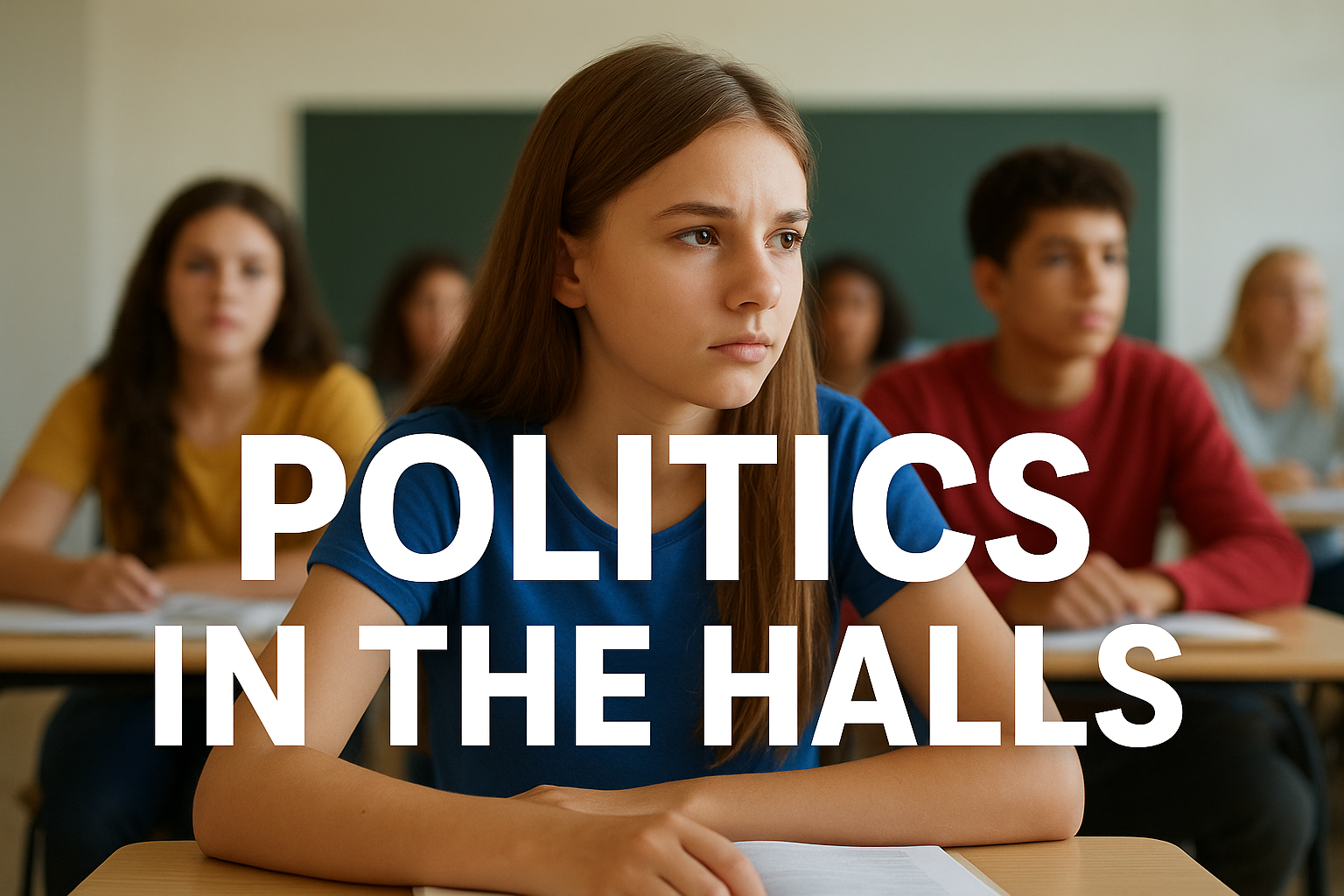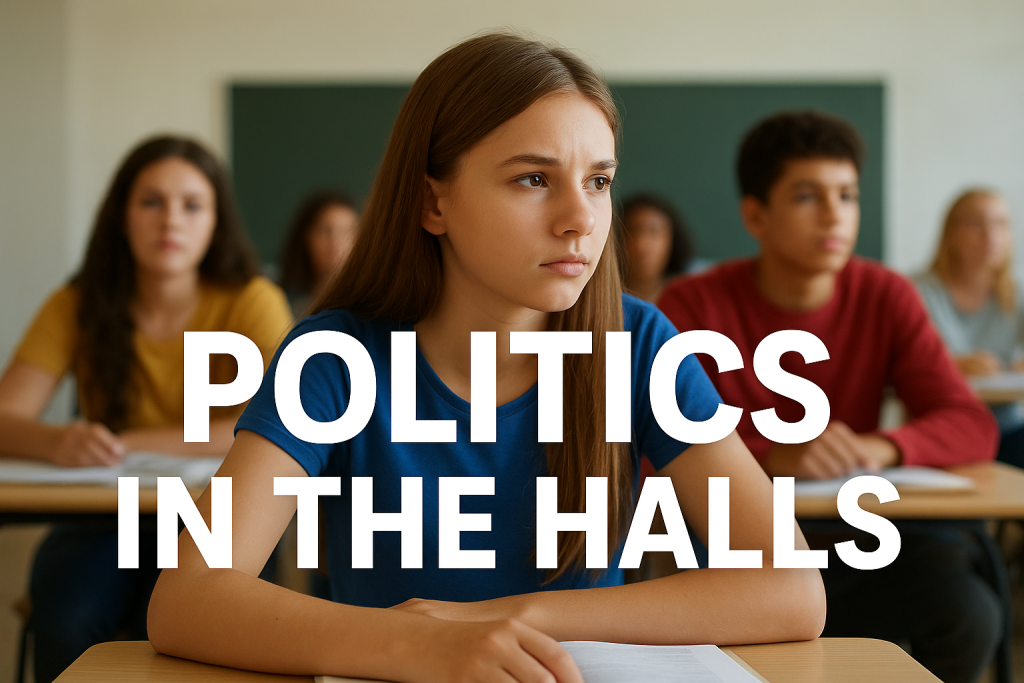

How Are Kids Passing Without Going to School?
Chronic absenteeism in Maryland Public Schools has become one of the most troubling and telling challenges facing the system. It has also received quite a bit of attention recently from local media; specifically, because of articles about funding of school systems. Over the last several years, the number of students missing significant amounts of class time has risen sharply, while promotion rates remain almost universally high. It’s an issue that brings specific questions about how we define success in public education and whether the grades and diplomas being awarded actually represent learning, or simply advancement.
According to data from the Maryland State Department of Education, the rate of chronic absenteeism has grown from 19.5 percent in the 2018–19 school year to more than 30 percent in 2022–23, before improving to 26.7 percent in 2023–24. In Baltimore City, the situation is even more severe. Nearly half of the city’s students were chronically absent last year; however, 94 percent of them were still promoted to the next grade. Across the state, promotion rates remain in the high nineties, a statistic that sounds impressive until you realize it includes thousands of students who were rarely in class.
This is not a new problem, but the contradictions surrounding it have become difficult to ignore. If students who are absent 10, 20, or even 50 percent of the time can still pass, what are schools really measuring, and what does it say about the quality of their program? Either the grades are not valid, attendance is not important, or the coursework itself is so unchallenging that students can succeed with minimal effort. None of those explanations reflect well on the system.
Part of the issue stems from how schooling has evolved in the digital era, particularly post COVID. Today, most coursework and assignments are posted online, and students can complete them from home without ever stepping into a classroom. The traditional concept of “makeup work” has disappeared; a student who misses a week or two can simply log in later and submit what’s required. Combined with policies that allow late work to be turned in with little or no penalty, the message to students is clear: being physically present is optional.
In Anne Arundel County, for instance, the district’s grading policy allows late work with moderate penalties and guarantees at least partial credit for a “good faith effort.” In Baltimore County, grades are based on a “body of evidence,” and teachers are discouraged from refusing late work altogether. Participation may count for something, but not enough to offset the flexibility around missed assignments. The net result is a culture where students quickly learn that deadlines and attendance are just suggestions, not expectations.
Teachers see the consequences firsthand. Many have tried to impose stricter standards, only to be told that denying late work or enforcing attendance-based consequences conflicts with district policy. They find themselves managing classrooms where students spend much of the day on their phones or chatting with friends knowing that they can always complete their assignments later. Some teachers report students missing nearly half of the instructional days in a grading period and still earning Bs. I saw this firsthand in my experience. That reality undermines the meaning of grades, weakens discipline, and erodes morale among educators who want to hold students accountable.
Meanwhile, the fiscal side of the story deepens concerns even more. A recent report from Project Baltimore revealed that Maryland taxpayers have spent an estimated $990 million over the last six years on students whose “whereabouts are unknown.” The state’s Inspector General for Education found that in 2024 alone, roughly $168 million in school funding was allocated for students who were no longer attending classes and, in many cases, could not be located at all. Under current law, school funding is based on enrollment counts taken on September 30 each year. When students leave, transfer, or simply stop showing up after that date, the funding follows them even if their seats remain empty for the rest of the year.
This means schools continue to receive money to educate students who may not exist in any practical sense. It is a clear misalignment of priorities: Maryland taxpayers are effectively subsidizing absenteeism.
The irony is that while attendance is often described as the foundation of academic success, the system itself rewards absence, both academically and financially. Schools promote students who rarely attend. Districts accept late work that’s weeks overdue. Teachers are discouraged from enforcing deadlines. And the funding model ensures that even when students vanish, the dollars keep flowing.
Supporters of flexible grading and attendance policies argue that today’s students face unique challenges from mental health struggles to post-pandemic adjustment, and that rigid rules could exacerbate inequities. There’s truth in that. But the evidence suggests that attendance still matters deeply for learning outcomes, even in a more flexible educational landscape.
A report by the American Enterprise Institute examining data from Maryland and North Carolina found that absences continue to have a measurable negative impact on academic achievement. The study showed that missing just ten days of school lowered math and reading performance by about six percent of a standard deviation — a significant difference. While the negative effect of absences was about ten percent smaller in 2022–23 than before the pandemic, it remains clear that consistent attendance is closely tied to success.
In other words, the idea that students can skip large portions of school without consequence simply isn’t supported by data. Yet Maryland’s promotion and grading practices tell students the opposite.
If schools and policymakers truly believe attendance is critical, then grades and advancement must reflect that belief. If they continue to pass and promote students who barely attend, then it’s time to admit that attendance is no longer the priority they claim it to be. Either grades have lost their meaning, attendance doesn’t matter, or the academic bar has been set so low that presence itself has become irrelevant. None of those outcomes serve students well.
Maryland’s current task force on absenteeism aims to reduce chronic absence by 15 percent over three years, an admirable goal. But until the deeper contradictions are addressed, the problem will persist. Schools cannot simply encourage attendance with slogans and social media campaigns while simultaneously removing every consequence for missing class. Accountability has to mean something, both in policy and in practice.
The bigger question for Maryland’s education system is no longer whether absenteeism is a problem — everyone agrees that it is. The real question is why it continues to have so little impact on outcomes. If we are willing to spend hundreds of millions of dollars on missing students, award passing grades to those who seldom show up, and continue to call the results “progress,” then we have to confront the uncomfortable truth: the problem isn’t just absenteeism. It’s the system that enables it.
Dig Deeper With Our Longreads
Newsletter Sign up to get our best longform features, investigations, and thought-provoking essays, in your inbox every Sunday.
The MEN was founded by John Huber in the fall of 2020. It was founded to provide a platform for expert opinion and commentary on current issues that directly or indirectly affect education. All opinions are valued and accepted providing they are expressed in a professional manner. The Maryland Education Network consists of Blogs, Videos, and other interaction among the K-12 community.










